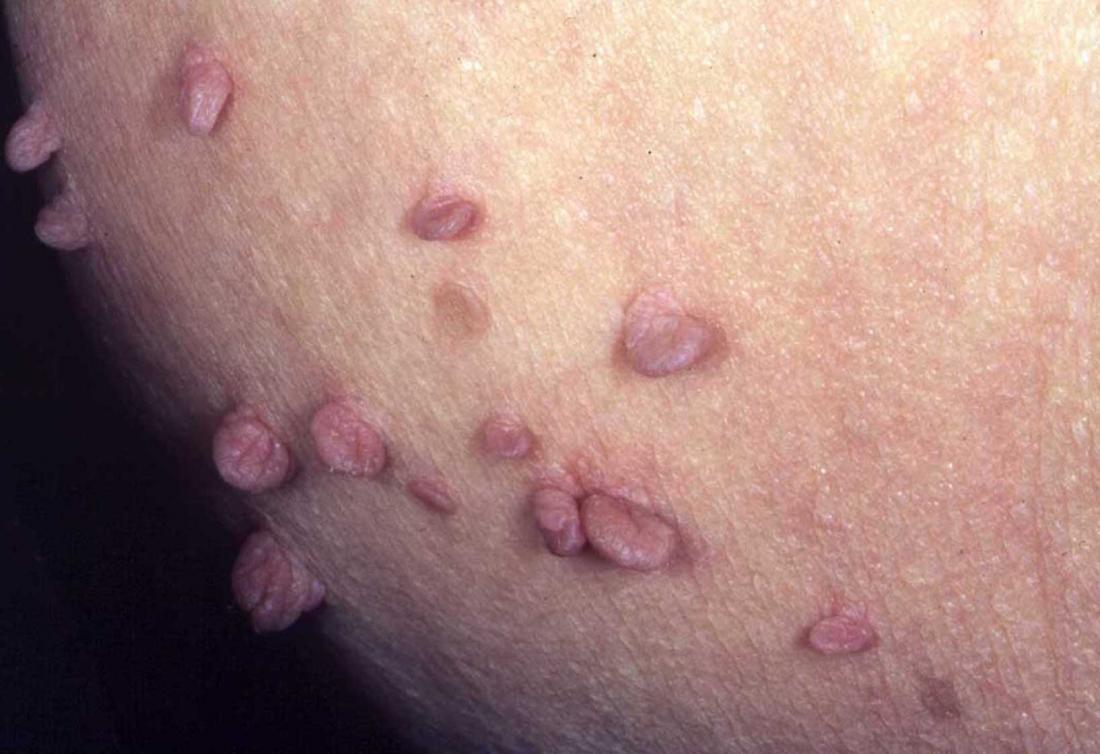
Anal skin tag causes skin#
If you have inflammatory conditions like Crohn’s disease, you can form anal skin tags. Individuals who’ve had blood vessel conditions like haemorrhoids around the anus are more likely to develop anal skin tags. Swollen or baggy blood vessels are often a cause of the following: That is because the excessive skin residues even after the swelling have reduced. Why? Because the skin around the anus needs to enlarge during bowel movements for stool to pass.Īn anal skin tag can result from the enlargement or swelling of the blood vessels in that area. The skin around the anus of men is usually looser than the skin on other body parts.
:max_bytes(150000):strip_icc()/causes-and-treatment-of-anal-itching-289464_color2-5c12c095c9e77c0001f95b42.png)
Patients should consult their doctors about risks and benefits before undergoing a removal.Īnal skin tags may also be the case with more serious conditions, such as skin cancer, so it is essential to get any unusual growth checked by a doctor. Due to the proximity of bacteria in the stool, there can sometimes be injury or infection. It is not recommended to remove anal skin tags at home because they may cause pain or other complications, and at-home removal methods have not been proven safe for skin tags in this sensitive area.Īdditionally, not all anal skin tags should be removed, even by a professional. That said, they can cause itching and annoyance. While they may be sensitive, anal skin tags hardly cause pain. Having multiple anus skin tags is not atypical for individuals. It comes as raised areas or small bumps on the anus.
Anal skin tag causes how to#
We explore the reasons why skin tags develop around the anus in this article, as well as how doctors can diagnose and remove them, as well as how to prevent them from developing in the future.Īn anal skin tag is a harmless and common skin issue. The majority of them do not cause any problems and go unnoticed. They may be of the same colour as the skin or slightly darker.

20, 2022.Usually, anal skin tags are quite small, measuring just a few millimetres in circumference.

Anal fissure: Clinical manifestations, diagnosis, prevention. American Society of Colon and Rectal Surgeons. In: Sabiston Textbook of Surgery: The Biological Basis of Modern Surgical Practice. A systematic review and network meta-analysis comparing treatments for anal fissure. Hemorrhoids, anal fissure, and anorectal abscess and fistula. Eat high-fiber foods, drink fluids, and exercise regularly to keep from having to strain during bowel movements. You may be able to prevent an anal fissure by taking measures to prevent constipation or diarrhea. An unhealed fissure may trigger a cycle of discomfort that may require medicines or surgery to reduce the pain and to repair or remove the fissure. If this happens, it makes it more difficult for your anal fissure to heal. This muscle is called the internal anal sphincter. An anal fissure may extend into the ring of muscle that holds your anus closed. A tear that extends to surrounding muscles.Once you've experienced an anal fissure, you are prone to having another one. An anal fissure that fails to heal within eight weeks is considered chronic and may need further treatment. Anal fissures can occur at any age, but are more common in infants and middle-aged adults.Ĭomplications of an anal fissure may include: This may make the lining of the anal canal more vulnerable to tearing. This inflammatory bowel disease causes chronic inflammation of the intestinal tract. Anal fissures are more common in women after they give birth. Straining during bowel movements and passing hard stools increase the risk of tearing. Crohn's disease or another inflammatory bowel disease.įactors that may increase your risk of developing an anal fissure include:.Less common causes of anal fissures include: Constipation and straining during bowel movements.


 0 kommentar(er)
0 kommentar(er)
